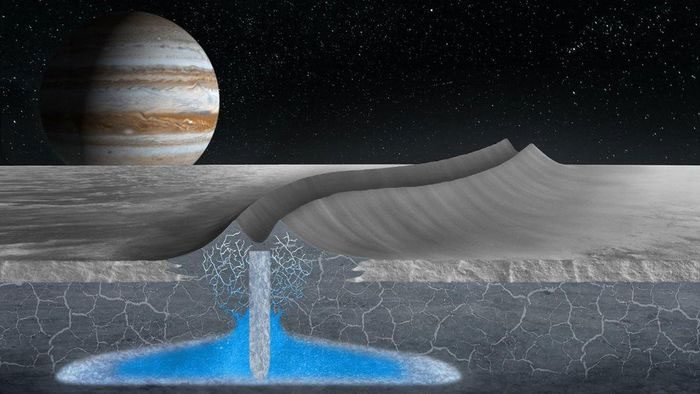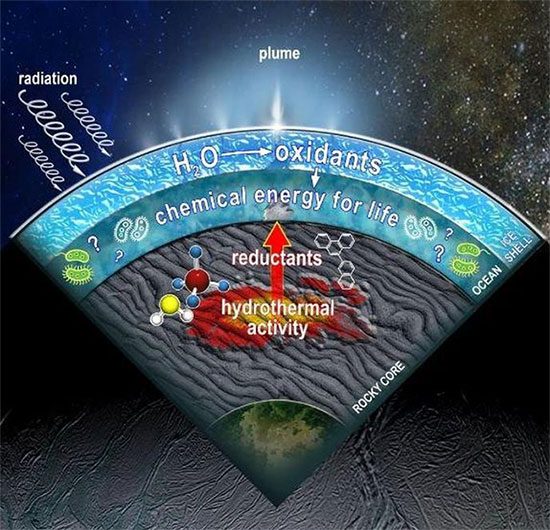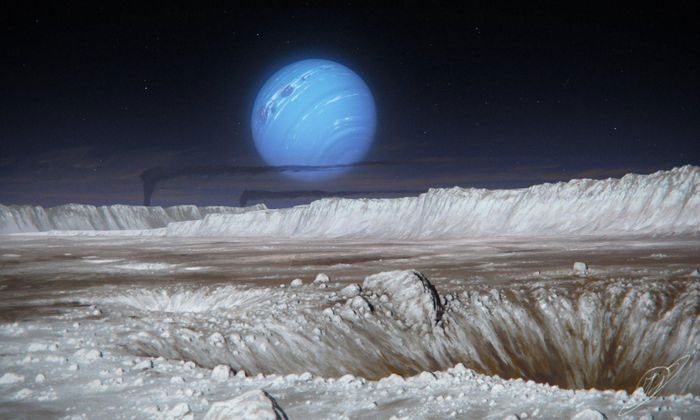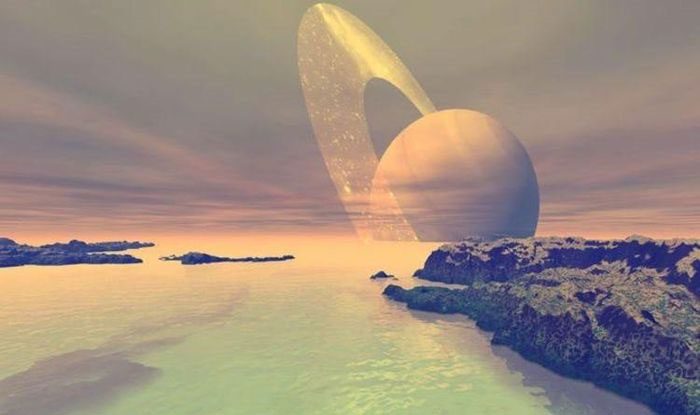In an effort to understand how life could develop on other planets, astrobiologists often venture to the most extreme and inhospitable places on Earth. When it comes to simulating the environmental conditions on icy moons like Jupiter’s Europa and Saturn’s Enceladus, Antarctica serves as the closest analog we can access.
A recent paper by researcher Alessandro Napoli from the University of Rome, Italy, highlighted the rich diversity of microorganisms near the Concordia Station, a French-Italian research facility located on the Antarctic Plateau at an elevation of over 3,000 meters above sea level. Here, the average annual temperature hovers around -50 degrees Celsius, with winter temperatures plummeting to -80 degrees Celsius.
Despite the freezing temperatures, the research team utilized DNA sequencing methods to discover various types of bacteria, even within ice and snow samples. Most were proteobacteria, but there were also numerous archaea and different types of fungi.
Although the bacteria are sparse, their near-threshold detection levels indicate that DNA sequencing techniques can function in remote and hostile environments. At these frigid temperatures, no bacteria were found to be active; they exist in a dormant state until the temperature rises sufficiently for metabolic processes to resume.
Life in Harsh Environments
While the conditions in even the coldest places on Earth are vastly different from those outside our solar system, such research could be highly beneficial for astrobiology. Jupiter’s moon Europa harbors an ocean beneath several kilometers of thick ice, potentially containing more liquid water than all of Earth’s oceans combined. The ice shell of Europa is believed to be in direct contact with the water below, and due to tidal mixing caused by Jupiter’s gravitational pull, the moon may possess hydrothermal vents similar to those found on the ocean floors of Earth. On our planet, these vents are hotspots for life, and the same could be true for Europa.

Simulation of Europa’s surface with Jupiter on the horizon.
The subsurface ocean of Enceladus is much smaller than that of Europa and is not present across its entire surface. However, fortunate for us, near the moon’s south pole, it ejects its interior into space. This allows us to analyze or even sample materials with a spacecraft passing by, which is significantly easier than drilling through the ice to access the water.
Chemical components, including hydrogen, methane, ammonia, hydrocyanic acid, and simple organic compounds, have been detected in the plumes from Enceladus, fueling hopes that this icy world could harbor microbial life. Exploring the oceans of Europa will require a lander, but in the case of Enceladus, a meticulously designed spacecraft tasked with flying through and collecting samples could provide the necessary information.

Eruptions on Enceladus.
Two other icy moons of Jupiter, Ganymede and Callisto, are considered less intriguing for astrobiology. Ganymede is believed to also have a subsurface ocean, but it may be trapped between layers of ice, lacking Earth-like hydrothermal vents. Triton, a Kuiper Belt object captured by Neptune, is another celestial body of great astrobiological interest due to its potential water presence. Scientists speculate that it has an ammonia ocean beneath its predominantly frozen nitrogen surface.

Simulation of Triton’s surface with Neptune on the horizon.
Searching for Signs of Life on Titan
However, perhaps the most intriguing world beyond our solar system is Titan, Saturn’s moon cloaked in clouds. Imagine Antarctica, but even colder. Remove all free oxygen and carbon dioxide, and occasionally add a rain of methane gas from the ever-present clouds. In fact, Titan is the only moon in the solar system with a significant atmosphere.
Its surface features lakes of liquid methane and ethane, with abundant organic compounds. Because Titan’s environment is vastly different from that of Earth, any life forms near these lakes would be quite alien to us. This only enhances the possibility of life on Titan: if we find life there, it would have surely evolved independently. The existence of two separate origins of life within the same solar system further supports the hypothesis that life in the universe is common.

Simulation of Titan’s surface with Saturn on the horizon.
However, proving the existence of life on Titan will not be easy. We will almost certainly need a lander, and this mission is far more challenging and costly than a flyby or orbital mission. Moreover, if life exists on Titan, discovering it will be more difficult since we have never encountered any form of life outside Earth. Nonetheless, that does not mean it is impossible. We will be particularly on the lookout for large organic molecules (which may differ from the molecules used for biochemical reactions on Earth) and lighter isotopes of certain chemical compounds.
Until the day we send a lander to Titan, similar work on Earth can help us understand how life might interact with a hydrocarbon matrix. Over years of studying natural liquid asphalt lakes in Trinidad, scientists have discovered various types of microorganisms within the liquid hydrocarbons, many of which were previously unknown. They found that most bacteria live in tiny droplets within the hydrocarbon matrix. In fact, these droplets contain a unique microbial ecosystem, perhaps the smallest ecosystem recognized to date.
These studies and similar research teach us how organisms can interact with a seemingly hostile environment and still survive. Of course, such research has its limitations, as the temperature differences between Earth and Titan make it challenging to extrapolate information from one world to another. Nevertheless, in principle, the two places could share similar boundary conditions. The better we understand the extreme environments on our planet, the better equipped we will be to recognize life elsewhere in the solar system.
Jupiter has officially become the planet with the most moons in the solar system, currently numbering 92, following the discovery of 12 new natural satellites. A report by astronomer Scott Sheppard indicated that his research team has observed an additional 12 moons orbiting Jupiter, bringing the total number of confirmed moons of this planet to 92. Previously, Saturn held the title with 83 orbiting satellites.
Specifically, it took about a year to clearly identify the 12 new moons of Jupiter, and the research team used the Magellan telescope in Chile for observations. The newly discovered moons are small (ranging from 1 to 3.2 km), have wide orbits, and 9 out of the 12 satellites take more than 550 days to orbit the gas giant.
According to astronomer Scott Sheppard, these moons were once asteroids due to their wide orbits and retrograde motion relative to Jupiter’s rotation, but were captured by Jupiter’s gravitational pull. Notably, they have rotational speeds comparable to their host planet.
The International Astronomical Union allows for naming any moon larger than about 2.4 km. Thus, half of these newly discovered moons will soon be named by the Minor Planet Center, which is responsible for tracking the positions of small planets, comets, and meteoroids.
Scientists state that searching for additional moons around Jupiter and their orbits could help identify targets for future human space exploration missions.
It is known that the European Space Agency’s Jupiter Icy Moons Explorer spacecraft will be launched next April, and NASA’s Europa Clipper is scheduled to launch in 2024 to reach Jupiter. En route, these new spacecraft may pass by the recently discovered moons.


















































